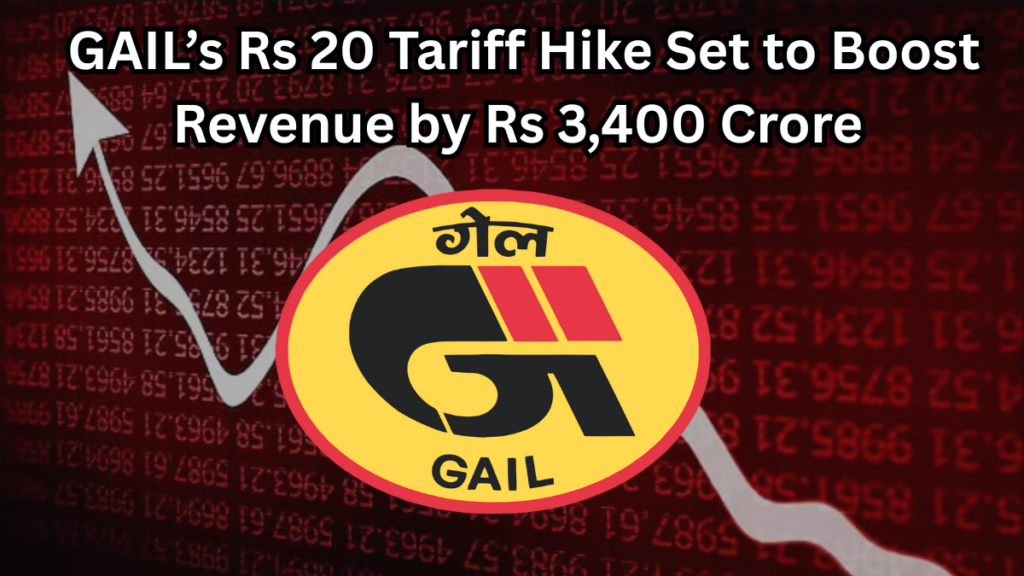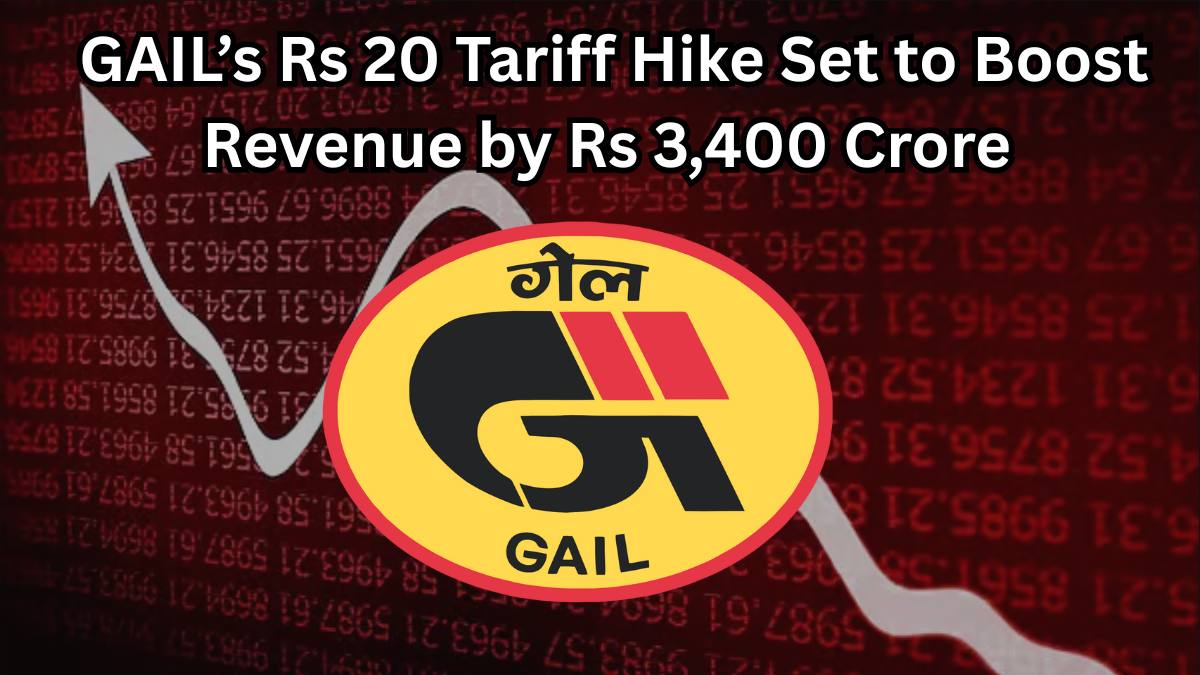In a significant development for India’s energy landscape, GAIL (India) Limited has revised its natural gas pipeline transportation tariff, increasing it by Rs 20 per metric million British thermal unit (mmBtu).
This strategic move, as confirmed by Chairman and Managing Director Sandeep Kumar Gupta, is projected to generate an additional Rs 3,400 crore in annual revenue for the company.
This announcement underscores GAIL’s efforts to strengthen its financial position, upgrade infrastructure, and support India’s expanding energy needs.

Understanding the Tariff Hike
The newly announced tariff increase focuses specifically on the transportation of natural gas through GAIL’s extensive pipeline network. The company, which plays a pivotal role in India’s energy value chain, manages some of the largest and most critical pipelines across the country.
Key Points:
-
New Tariff Increase: ₹20 per mmBtu
-
Impact Area: GAIL’s network of natural gas pipelines
-
Projected Additional Annual Revenue: ₹3,400 crore
-
Implementation Timeline: Already effective after regulatory clearance
The tariff hike reflects an alignment with revised operational costs and updated regulations, ensuring that GAIL’s services remain sustainable and future-ready.
Why GAIL Opted for a Tariff Hike
According to Sandeep Kumar Gupta, the hike is not arbitrary but a result of well-planned financial strategies and regulatory approvals. GAIL needed to update its tariffs to cover increasing maintenance costs, upcoming expansions, and the operational sustainability of its assets.
Primary Reasons Behind the Tariff Revision:
-
Rising infrastructure maintenance costs
-
Need for funding major expansions across India’s growing gas grid
-
Alignment with new regulatory frameworks issued by the Petroleum and Natural Gas Regulatory Board (PNGRB)
-
Strengthening the financial health of the company for future investments
Gupta emphasized that GAIL’s vision is closely tied to India’s ambition of transitioning toward cleaner fuels and a more sustainable energy economy.
Financial Implications for GAIL
The revised tariff is a substantial step toward enhancing GAIL’s overall profitability. It is expected to significantly boost the company’s core transportation revenue, thereby impacting its EBITDA positively.
Here is a clearer financial comparison pre- and post-tariff hike:
| Aspect | Before Tariff Hike | After Tariff Hike |
|---|---|---|
| Tariff Rate (approx.) | ₹56 – ₹58 per mmBtu | ₹76 – ₹78 per mmBtu |
| Annual Transportation Revenue | ₹6,000 crore | ₹9,400 crore |
| Contribution to EBITDA | Moderate | Stronger and Higher |
This enhanced revenue stream will allow GAIL to pursue larger projects, strengthen its market position, and potentially return greater value to its shareholders.
Potential Impact on Consumers and the Broader Market
While the tariff hike is largely beneficial for GAIL, it naturally raises concerns about its impact on end-users and industries that rely on natural gas. However, company officials suggest that the overall impact on consumers will be limited, since transportation tariffs represent only a portion of the final gas price.
Possible Outcomes of the Tariff Increase:
-
Slight upward adjustment in industrial natural gas prices
-
Potential increase in operational costs for businesses heavily dependent on natural gas
-
Minimal to negligible impact on household gas consumers
-
Encouragement for the development of more efficient transportation technologies
Experts also believe that, given India’s push towards a gas-based economy, the demand for natural gas will continue to rise, mitigating any short-term concerns about price increases.
FAQs
1. When did GAIL’s new tariff structure come into effect?
The new tariff rates came into force immediately after receiving regulatory approval from the Petroleum and Natural Gas Regulatory Board (PNGRB). GAIL has already started implementing the revised rates.
2. Will the tariff hike lead to a significant rise in household gas prices?
The impact on household gas prices is expected to be minimal. This is because transportation charges constitute only a small fraction of the total cost of natural gas delivered to end consumers.
3. How does this tariff hike benefit GAIL in the long term?
The hike will significantly improve GAIL’s financial stability by increasing transportation revenue. It will also support the company’s expansion plans, infrastructure upgrades, and help maintain a robust pipeline network across the country.
4. Are there any additional tariff revisions planned by GAIL?
At present, no further tariff hikes have been announced. However, future revisions, if any, will depend on regulatory guidelines, cost assessments, and the company’s operational expansion strategies.
Conclusion
GAIL’s Rs 20 tariff hike is a strategic move that is set to have a substantial impact on the company’s financial standing. By securing an additional Rs 3,400 crore annually, GAIL is positioning itself for stronger growth, better infrastructure investments, and a bigger role in India’s journey toward a cleaner and more sustainable energy future.
While there may be minor cost adjustments in the market, the benefits of this financial strengthening far outweigh the short-term challenges. With visionary leadership under Sandeep Kumar Gupta, GAIL is taking decisive steps to ensure it remains at the forefront of India’s energy transition.
Click here to learn more
